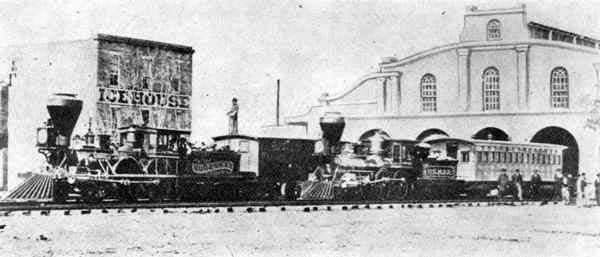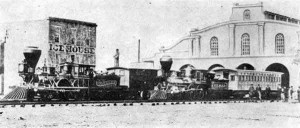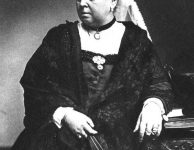Fear of Fears: Neurasthenia, a Victorian Malady
Mary and Helen Reporting. In Love Lessons, our work in progress, we needed a secondary character in great distress to pull Carine Botoloph and Vespasian Colville apart. We created Evelina Levert, a young lady who has lost both parents and lives with her older brother, who is her guardian. The problem is, Evelina thinks he and his wife are trying to poison her.
Are they really? Is this well-to-do couple out to kill her? Or does Evelina suffer from the most common mental illness of the 1880s, neurasthenia?
Neurasthenia, or nervous exhaustion, was defined in 1881 by Dr. George M. Beard, a New York neurologist, in American Nervousness: Its Causes and Consequences. He declared neurasthenia peculiarly American and blamed the pace of modern civilization for the dramatic rise in cases. Beard cited the telegraph, steam-powered railroads, the periodical press, the sciences and mental activity as causes. The disease afflicted the cultural elite and “brain workers” of both sexes. Educated women, however, were particularly vulnerable to the malady.
Symptoms included insomnia, headaches, palpitations, fidgetiness, hopelessness and phobias so exhaustive as to be described as “fear of fears.”
It’s no wonder the Victorians were overwhelmed in the latter decades of the 1800s. They dealt with the transition from hand-made to machine-made products, country living to city living and horse-drawn carriages to steam-powered transportation. A train traveled three times faster than a horse and buggy.
The remedy for men was the “work cure,” generally a trip West to do manly things outdoors—hunting, fishing, camping, horseback riding. Theodore Roosevelt suffered from neurasthenia as a young man and went West for his cure.
For women, doctors prescribed the “rest cure.” Confined to their homes, sometimes even to one room, women were instructed to rest and forego intellectual stimulation. Male physicians and the women’s husbands hoped this rest would restore them to their traditional feminine roles of wife and mother.
Both sexes sought to calm their nerves with trips to a mountain resort where they drank from natural springs, breathed fresh air and rested. (Those with manic depression actually improved after a trip to a resort such as Lithia Springs, Georgia, because the water contained lithium, effective in treating that ailment.)
Neurasthenia is the perfect malady for a fictional character because those around her doubt her credibility. Will Carine and Vespasian, the only people who can save Evelina, trust her enough to take action? Or will they dismiss her claims as the ravings of another neurasthenic?
_______
The photo, courtesy of commons.wikimedia.org/wiki, shows steam locomotive trains in the Algiers railroad shop yard across the river from New Orleans in 1865. Dr. Beard specifically cited steam locomotives as a contributor to neurasthenia.







